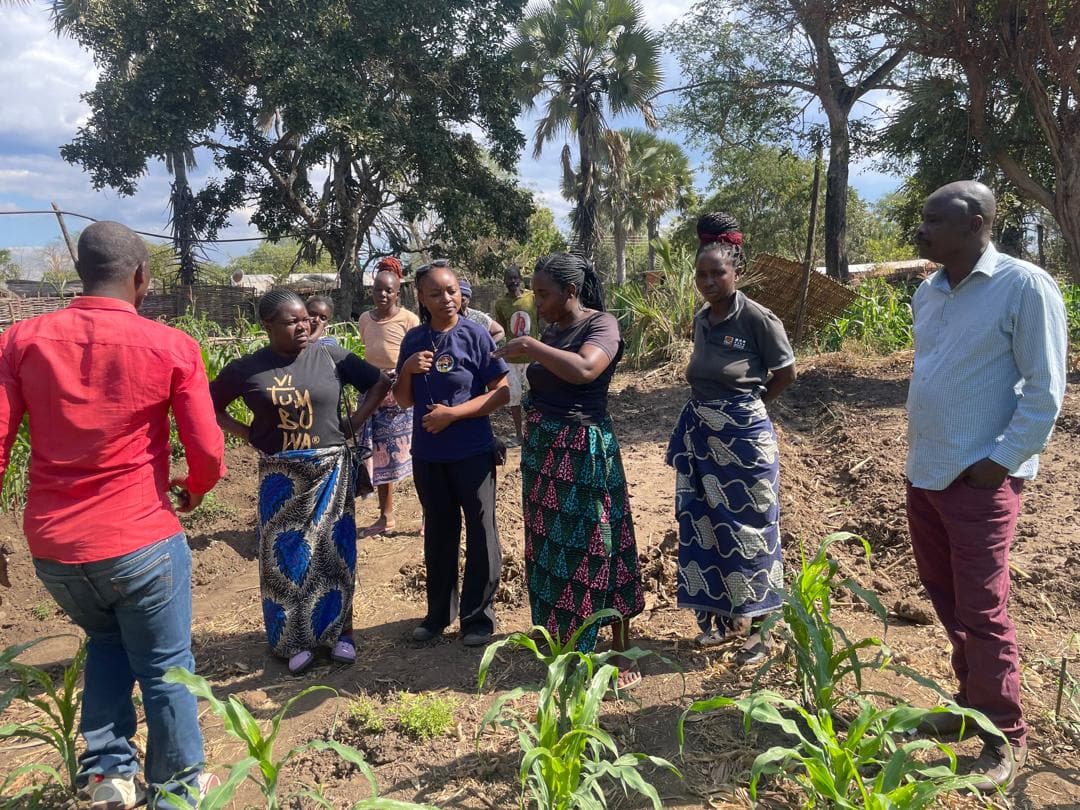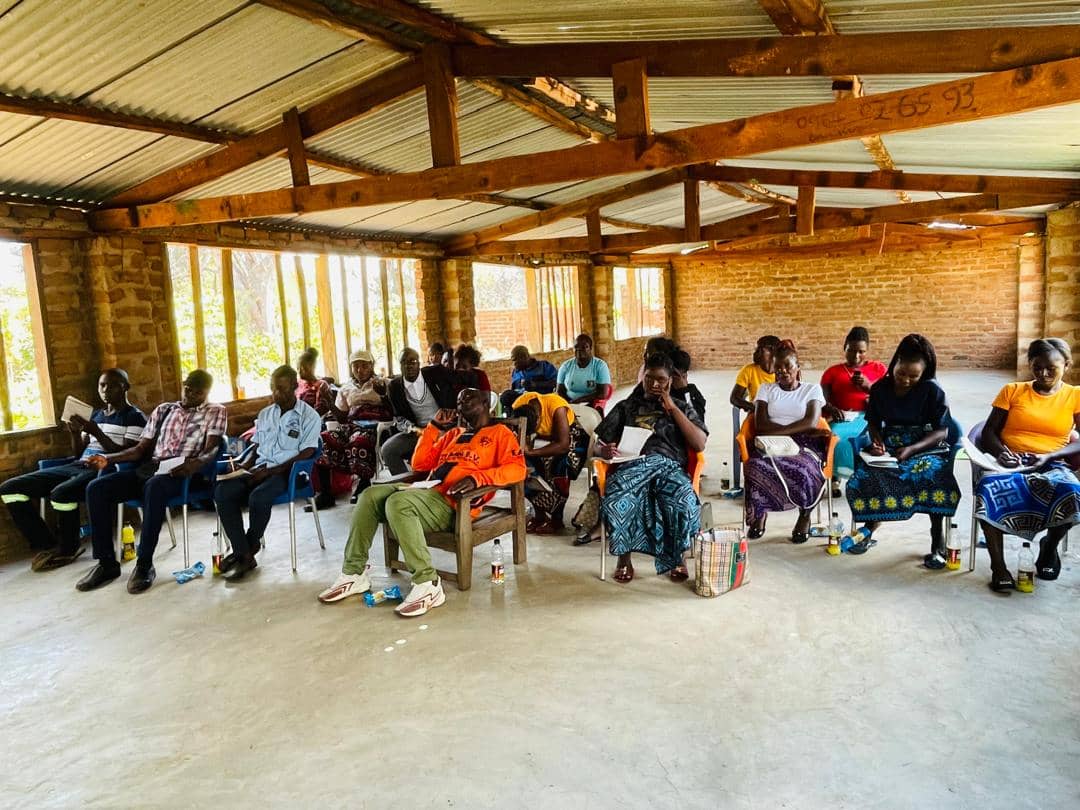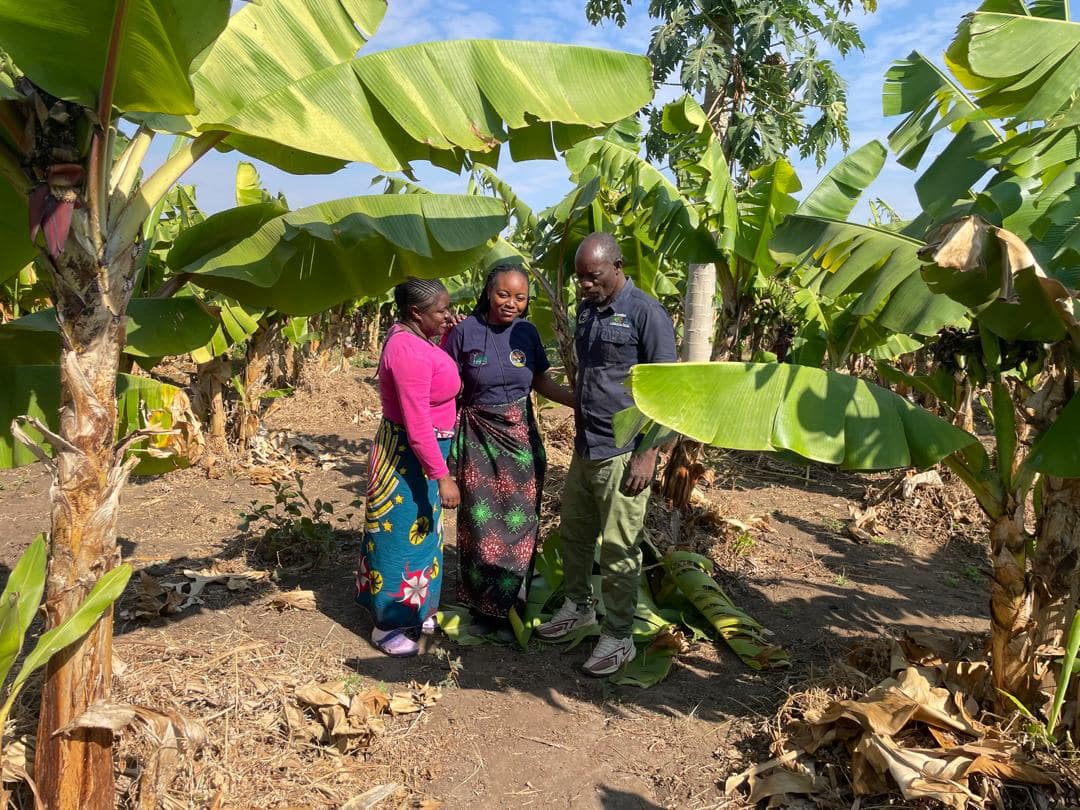COMMUNITY LEVEL CAPACITY BUILDING AND GOVERNANCE TRAININGS IN MSORO, MKHANYA AND NSEFU CHIEFDOM
Capacity building is the process of strengthening the skills, systems and resources needed for community-based organizations- This approach at grassroot levels has particularly enhanced the knowledge gaps of the communities. As we continue to advocate for improved participation of women and youths in forestry the forum and Association trained 80 participants from all the 3 chiefdoms aimed at amplifies the voices of marginalised groups by strengthening them to be involved in decision-making surrounding action to manage resources and forestry governance , conflicts management and on the other hand social economic status enhancement improving the market linkages and value chains for their different forest products. . The call for climate justice and social inclusion- is louder and we voice out to support through community level capacity building to plan, implement and sustain development activities and action community led conservation-which increase community voice and participation in sustainable conservation activities that Include use and management of wildlife, forestry among others and enable collective and fair equitable benefits from conserving resources.

The Trained groups include cooperatives, women clubs, youth clubs /groups and Chiefdom CRBs/CFMGs participated as key beneficiaries. Additionally, as a Project the core of the capacity trainings is also Integrating the Indigenous knowledge to conservation and modeling approaches to address governance collectively to support and enhance Knowledge and Skills. Community members/user groups will gain a deeper understanding of natural resource management and governance; Empowered Communities to be better equipped to take ownership of their natural resources and sharing lessons and experiences as best practices. Finally, to foster Sustainable Management Practices towards climate change adaptation and mitigation: Increased implementation of sustainable practices within the communities like bee farming, gardening, poultry and goat rearing and fruit farming among others.



Climate Justice Solutions
1. Community-Led Adaptation: Support community-led adaptation initiatives that prioritize the needs and rights of vulnerable communities.
2. Sustainable Development: Promote sustainable development pathways that prioritize equity, justice, and human rights.
3. Climate Finance: Ensure that climate finance is accessible and equitable, prioritizing the needs of vulnerable communities.
4. Capacity Building: Build the capacity of vulnerable communities to adapt to climate change, including providing access to climate information, technology, and finance.
Benefits
1. Improved Livelihoods: Climate justice solutions can improve livelihoods, reduce poverty, and enhance human well-being.
2. Increased Resilience: Climate justice solutions can increase community resilience to climate change, reducing vulnerability and risk.
3. Sustainable Development: Climate justice solutions can promote sustainable development pathways that prioritize equity, justice, and human rights.
By prioritizing climate justice, we can ensure that climate change solutions are equitable, effective, and sustainable, benefiting both people and the planet.